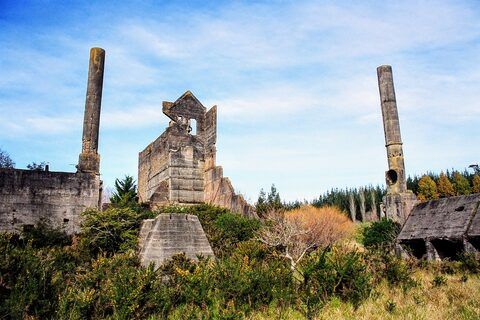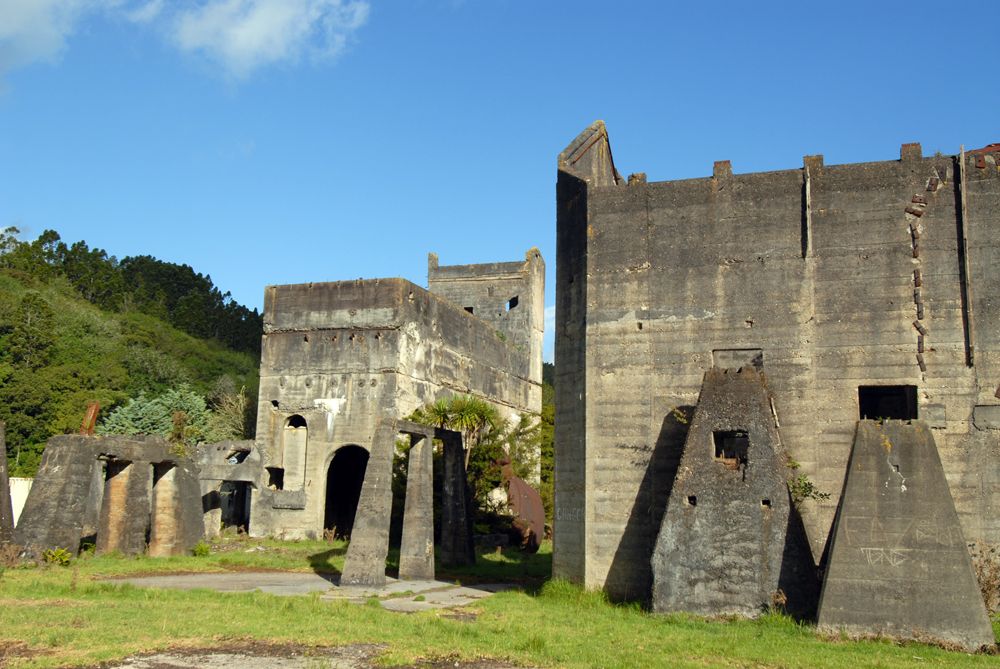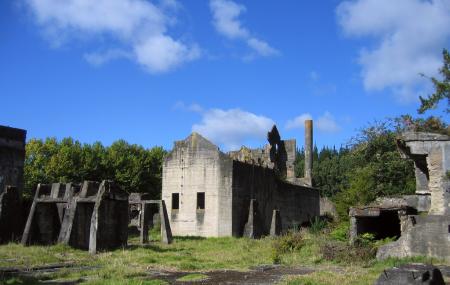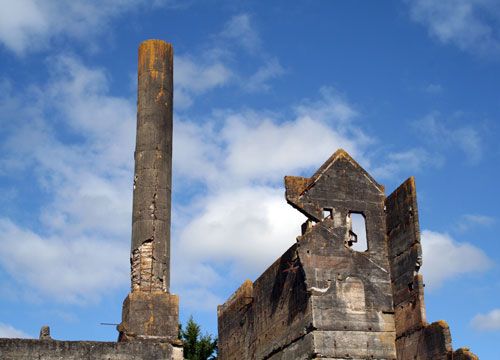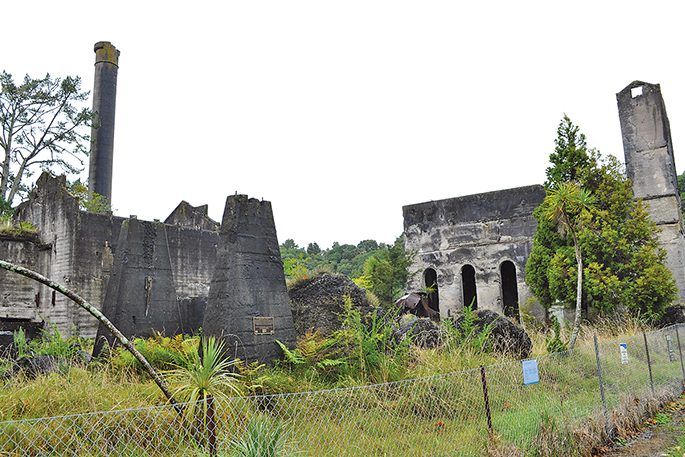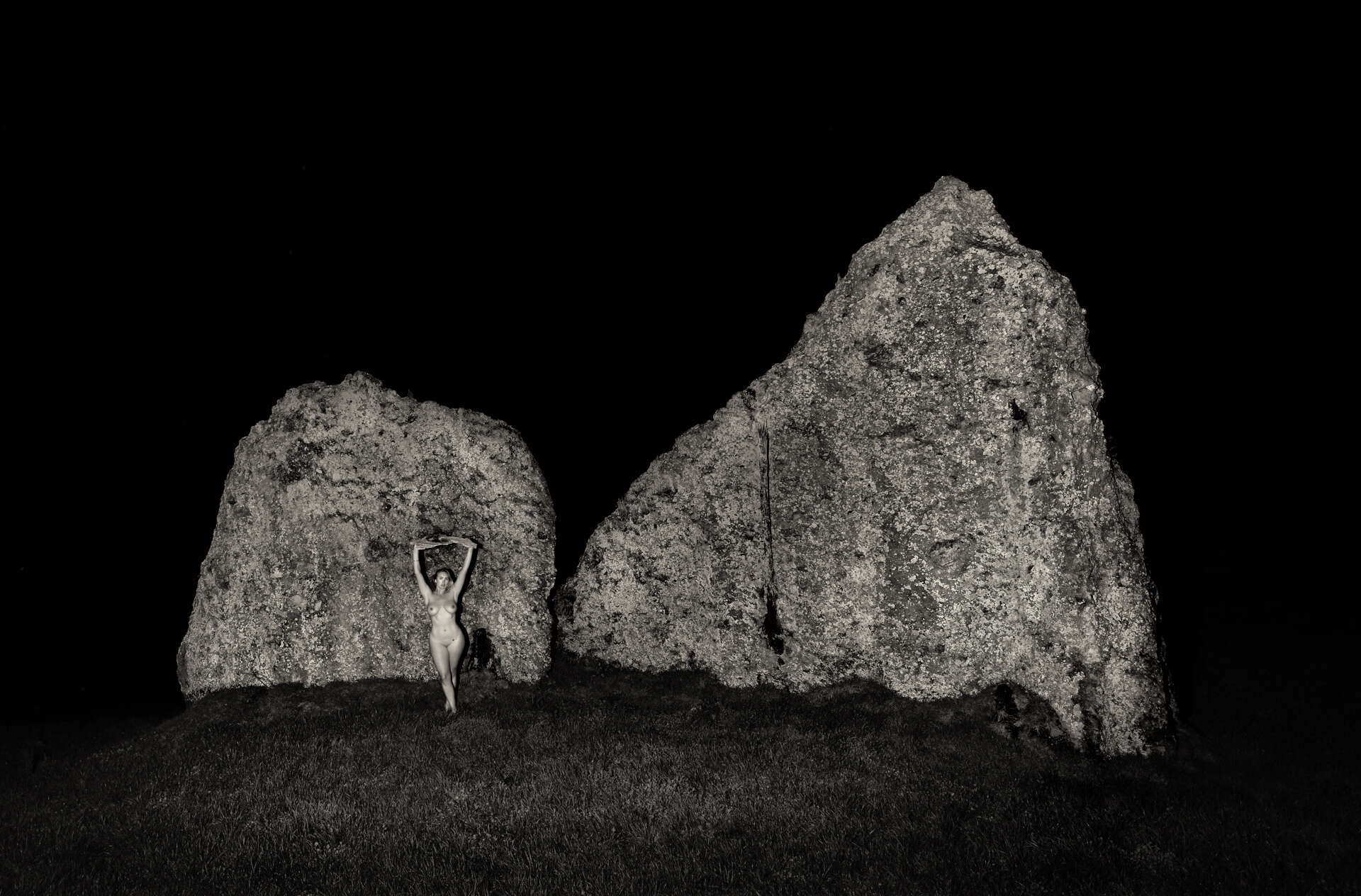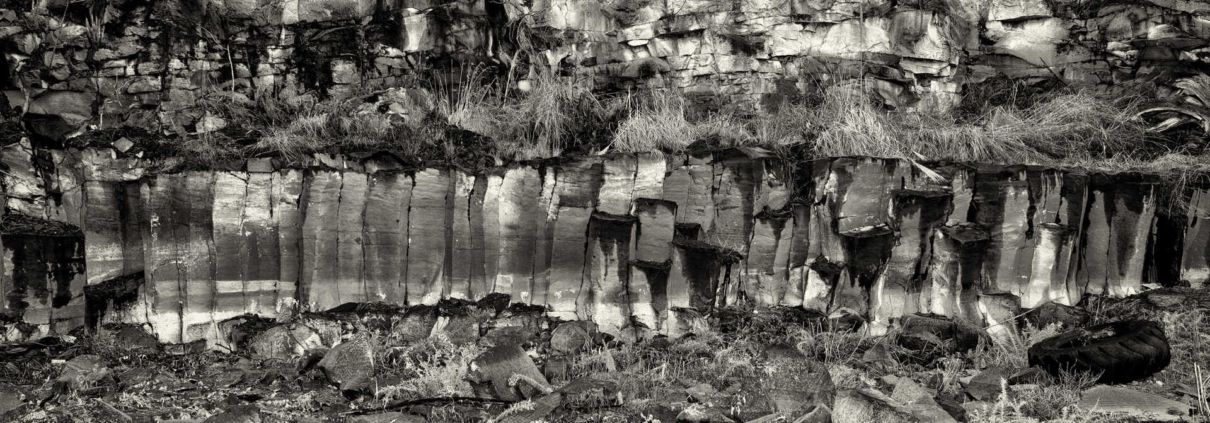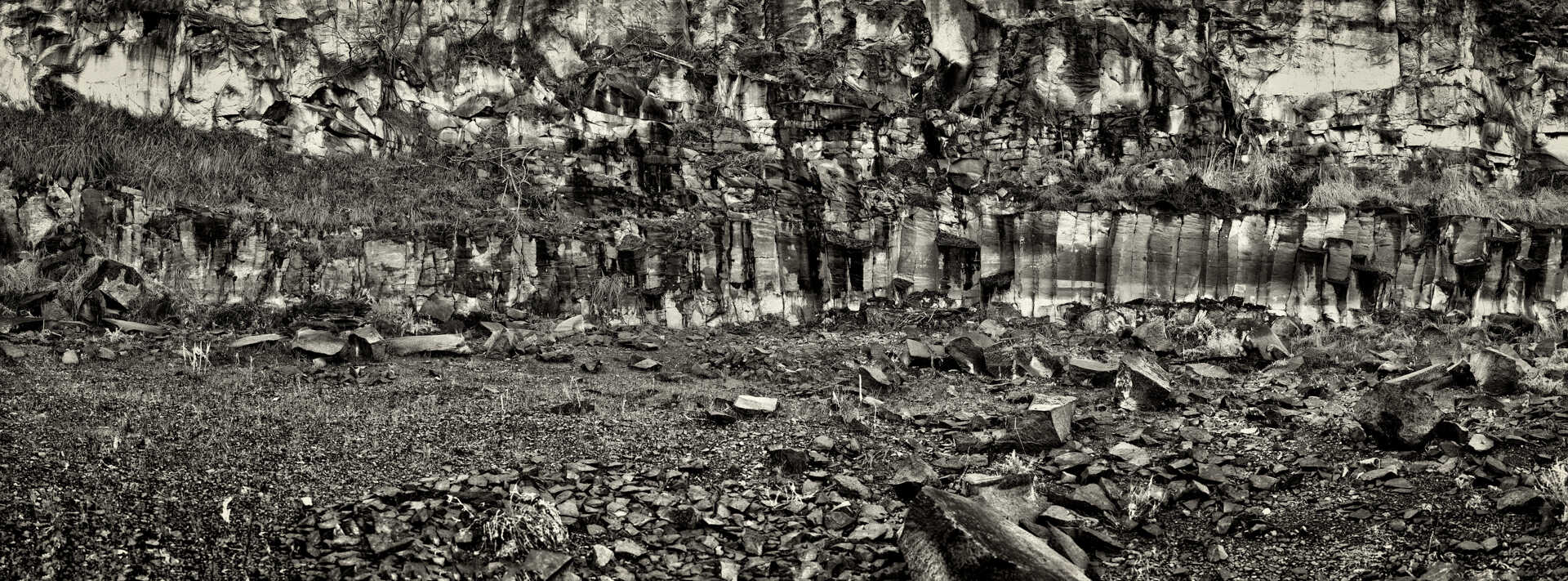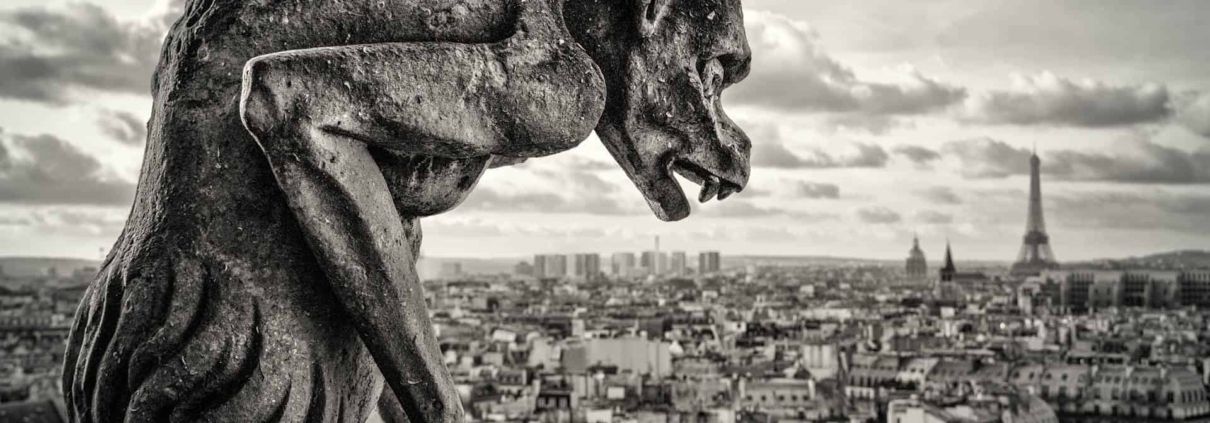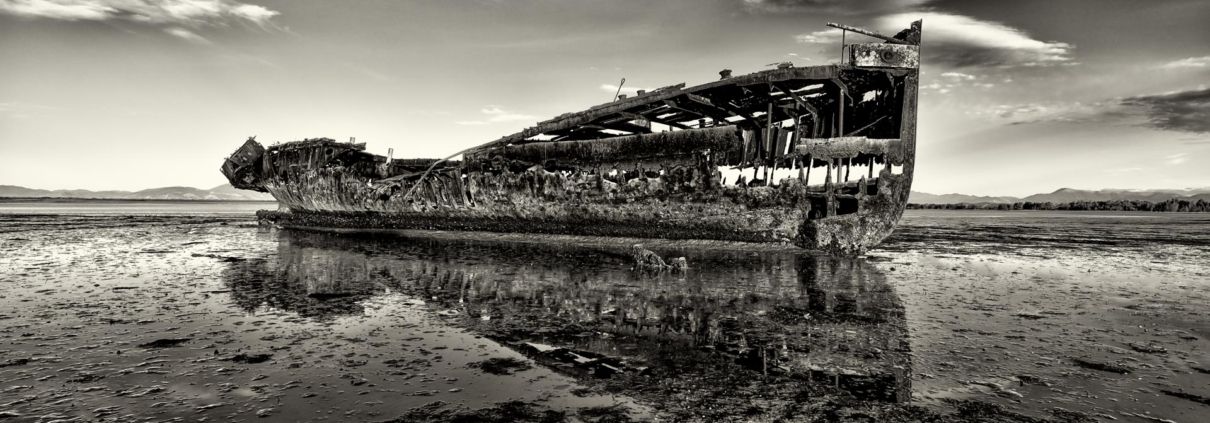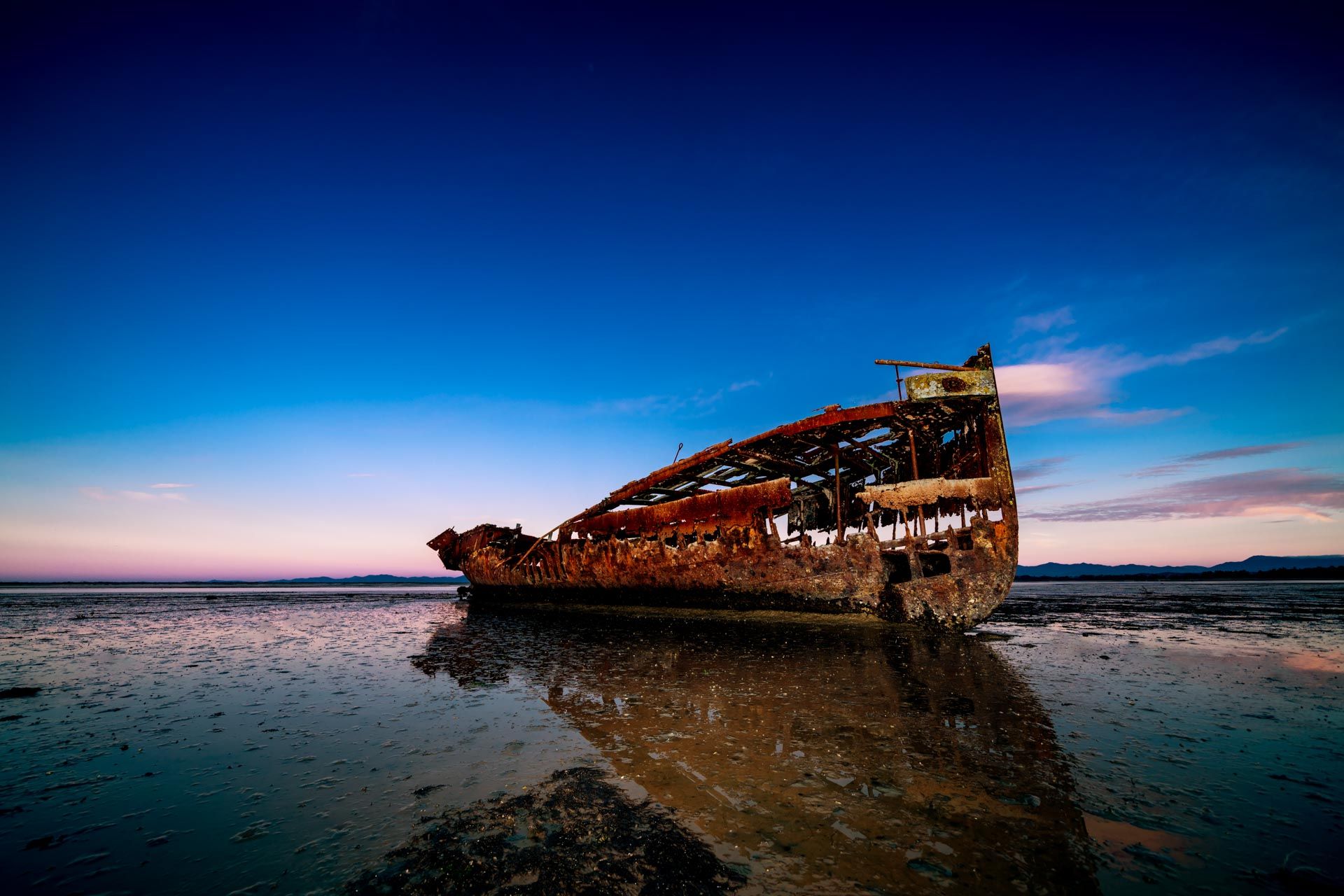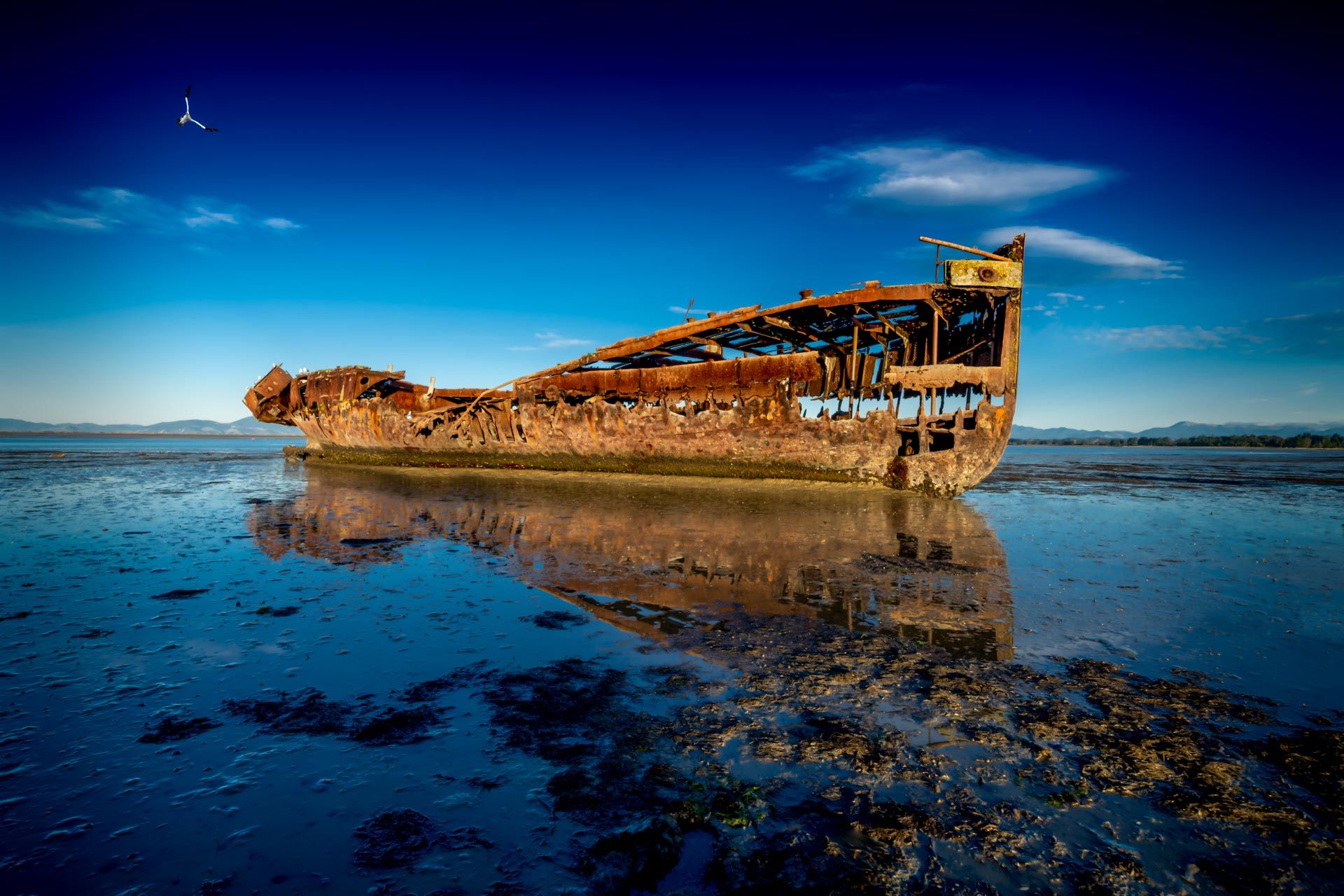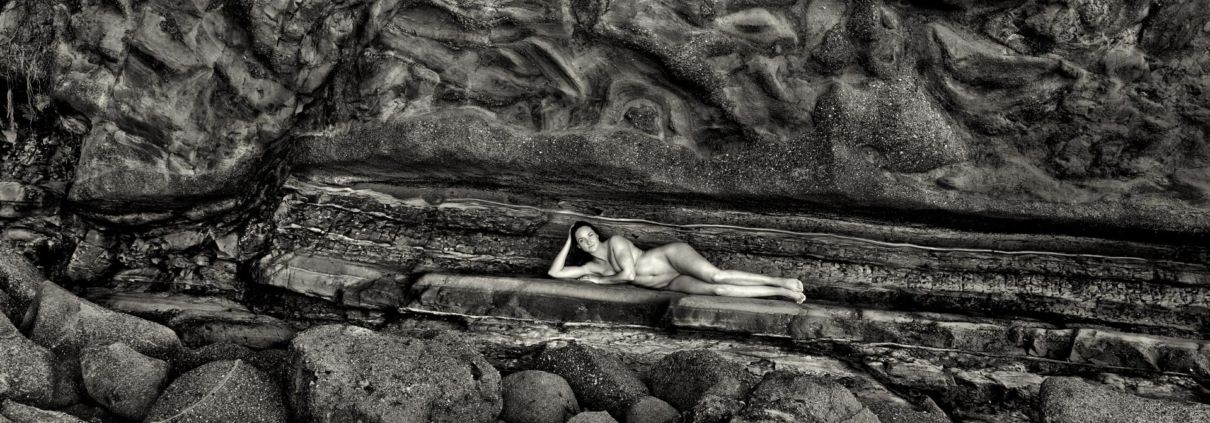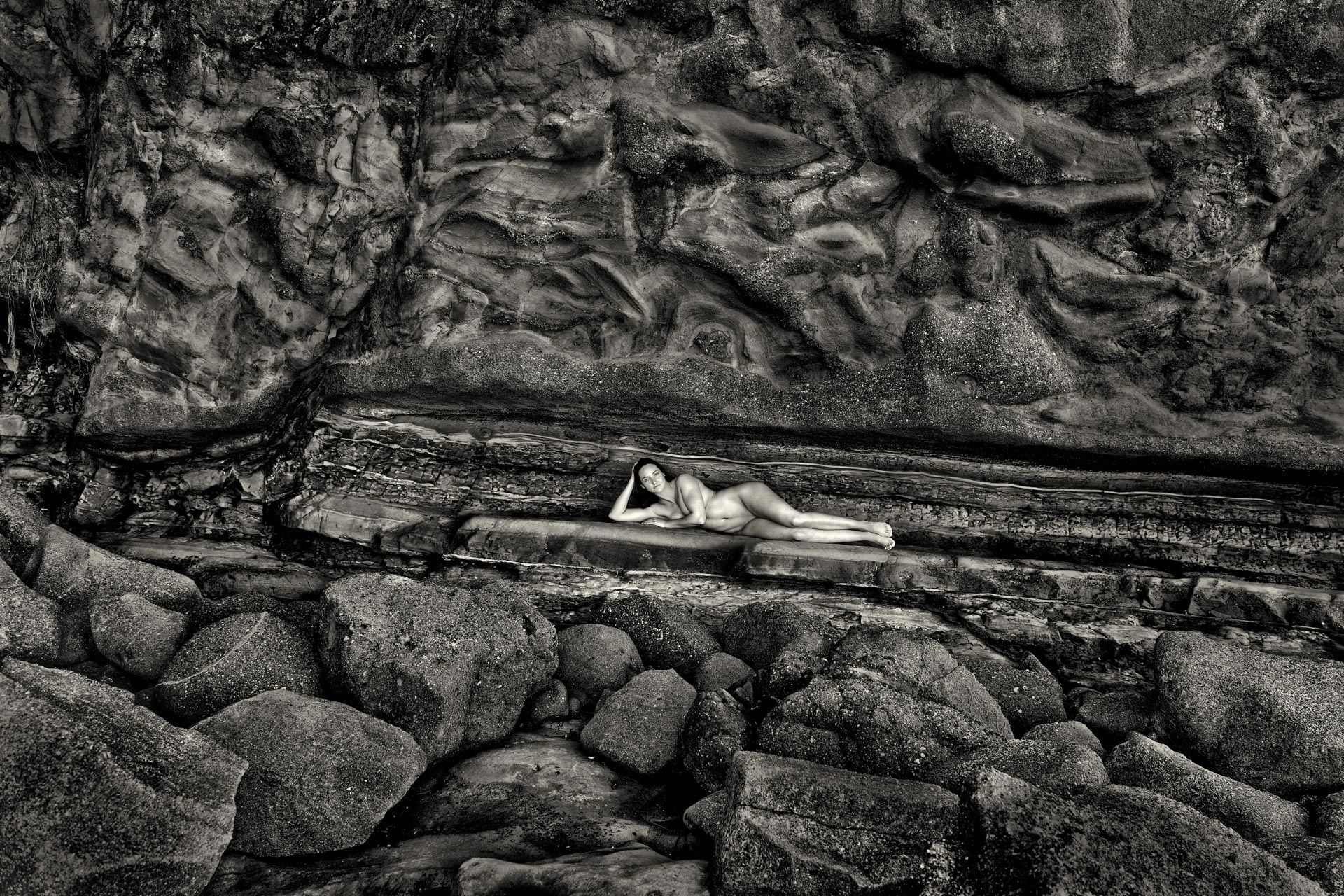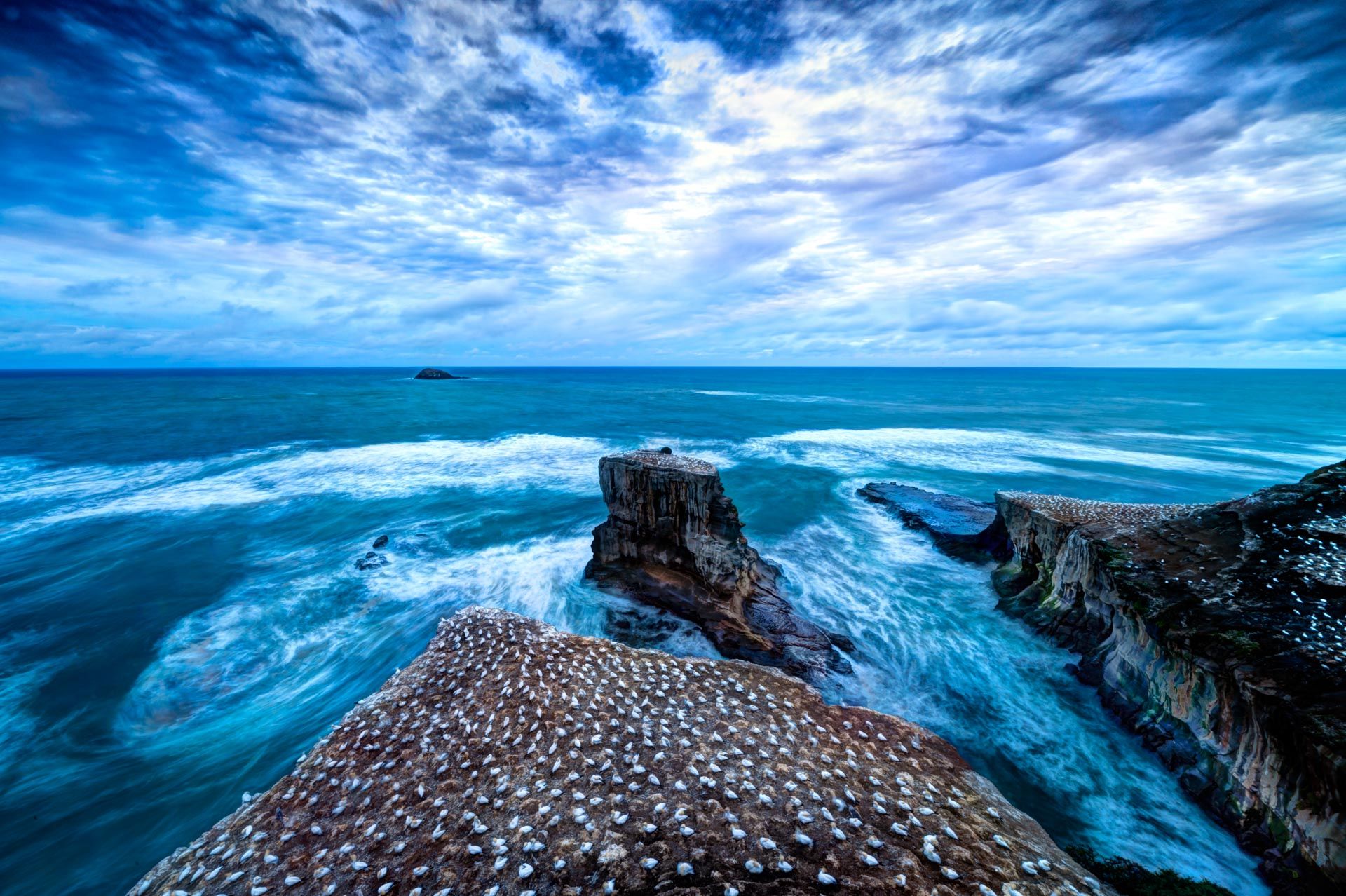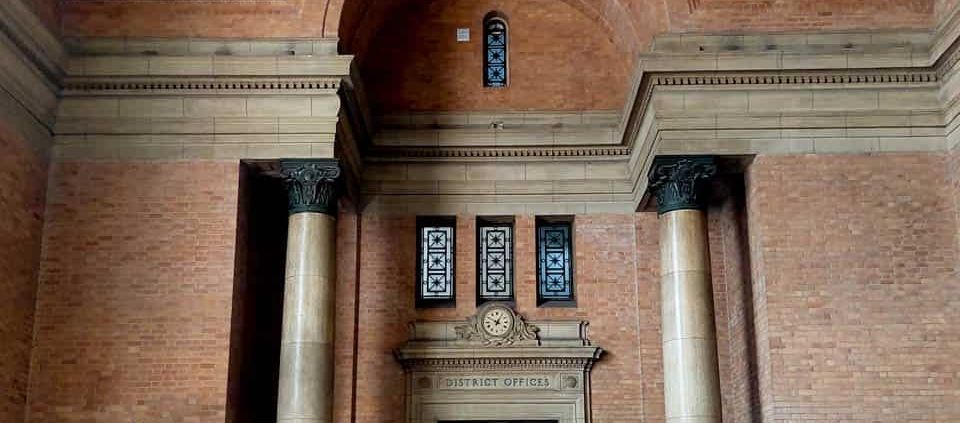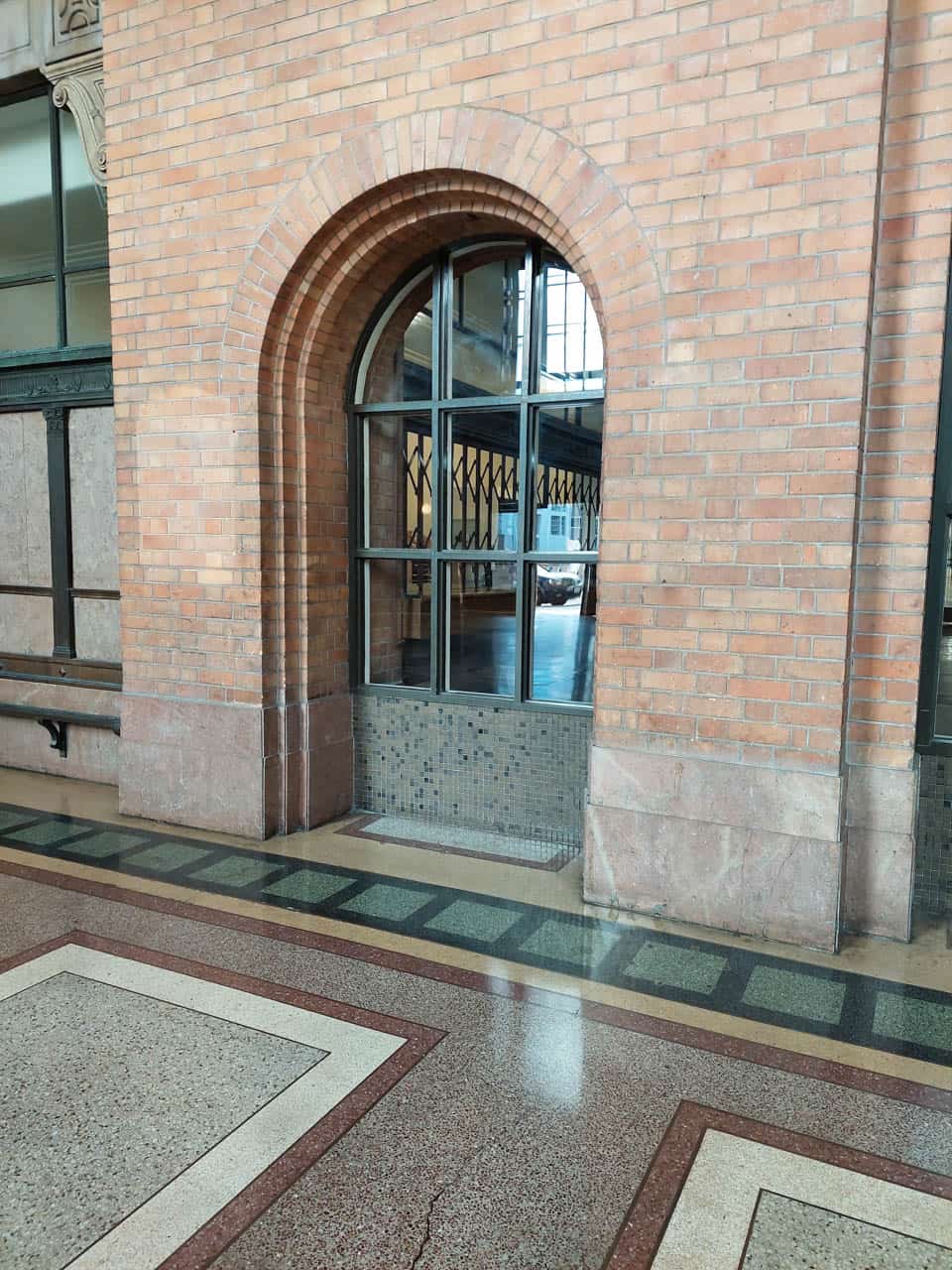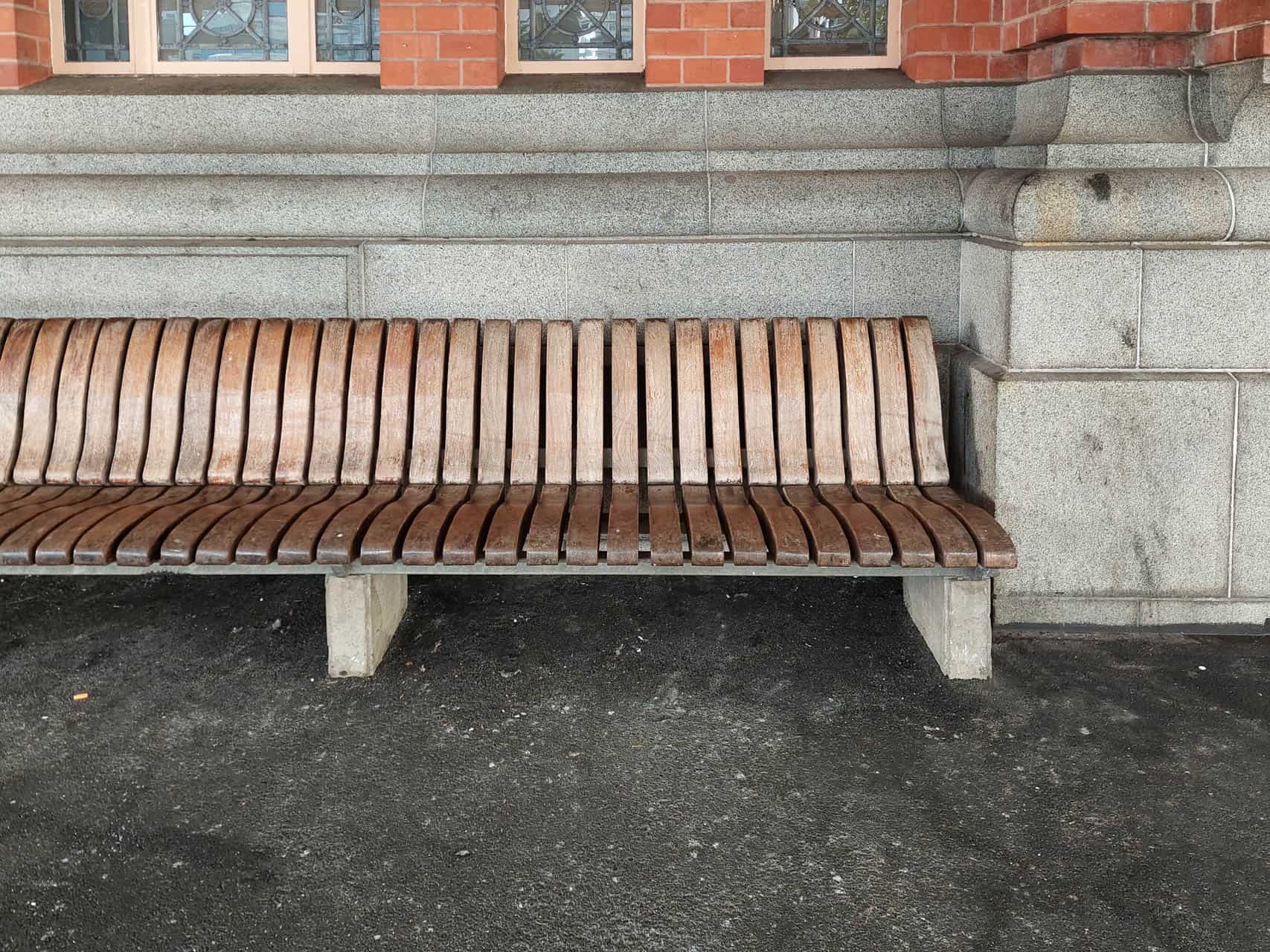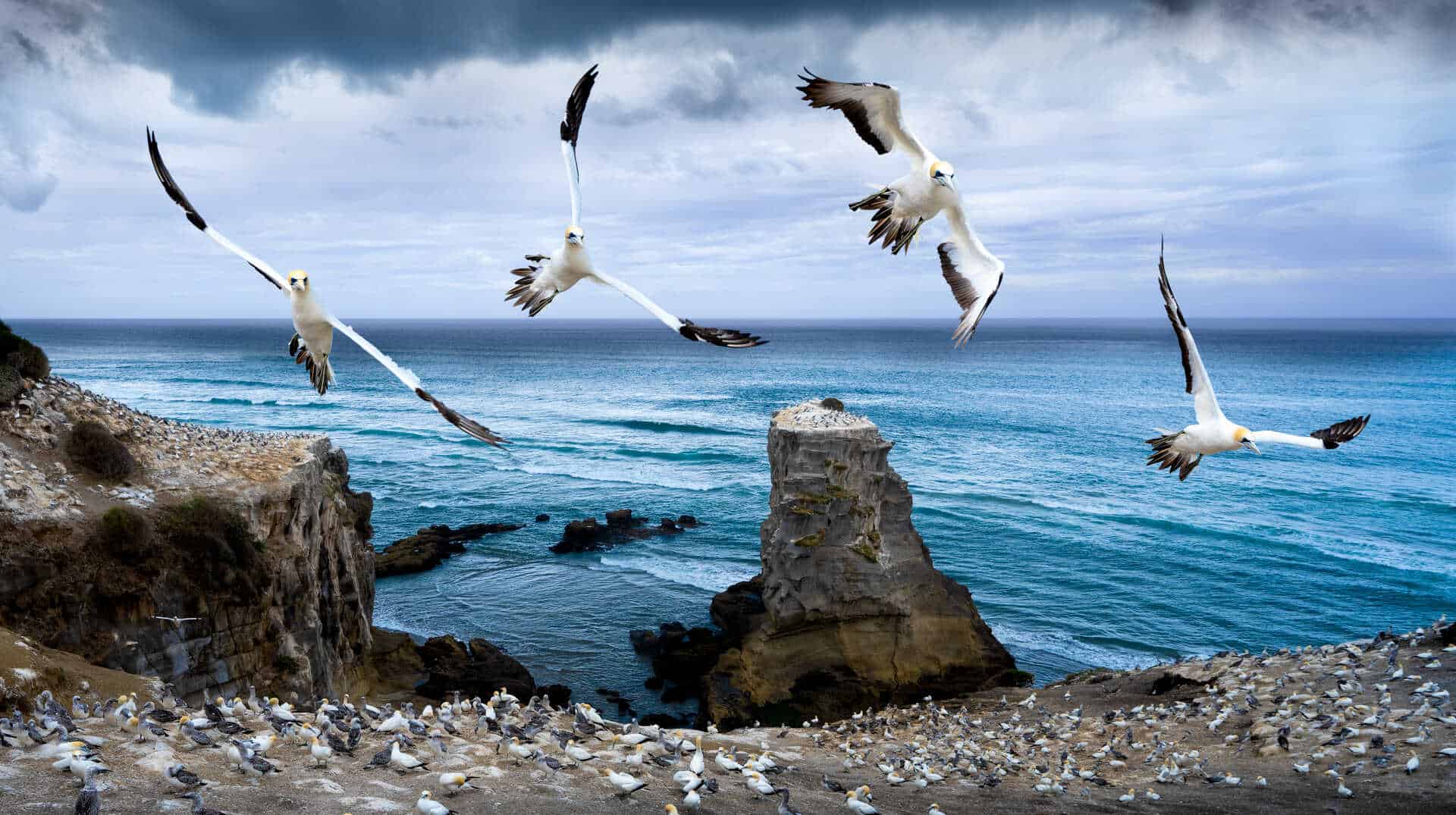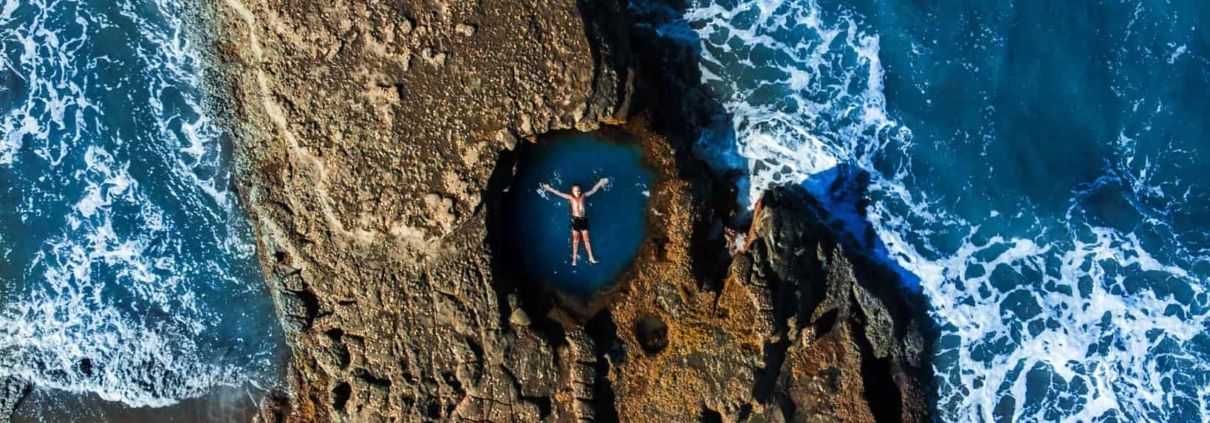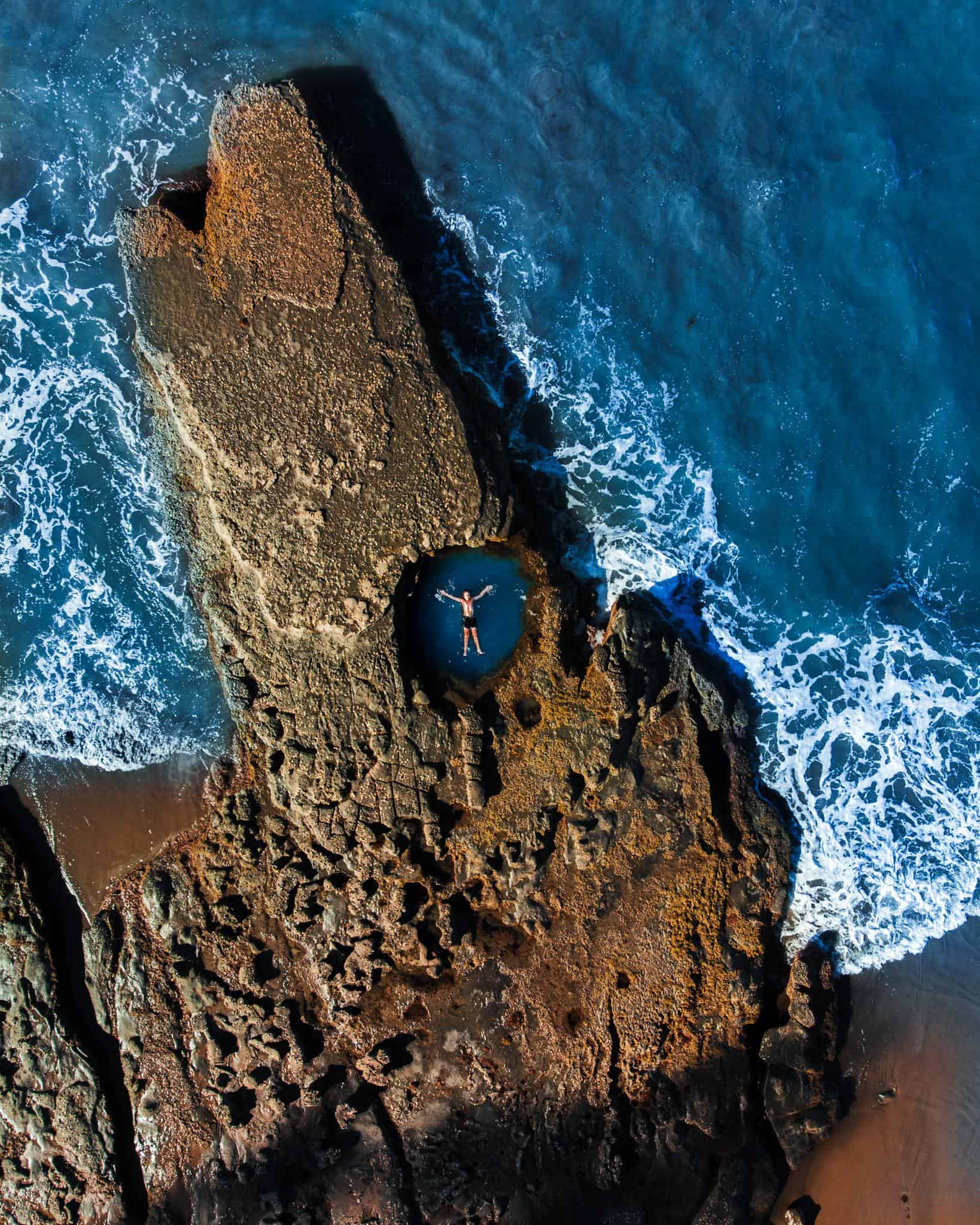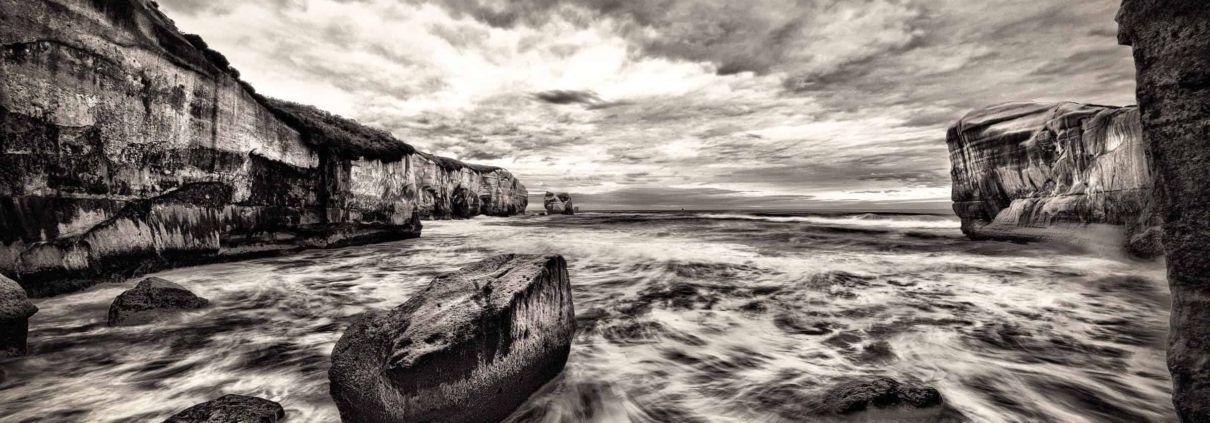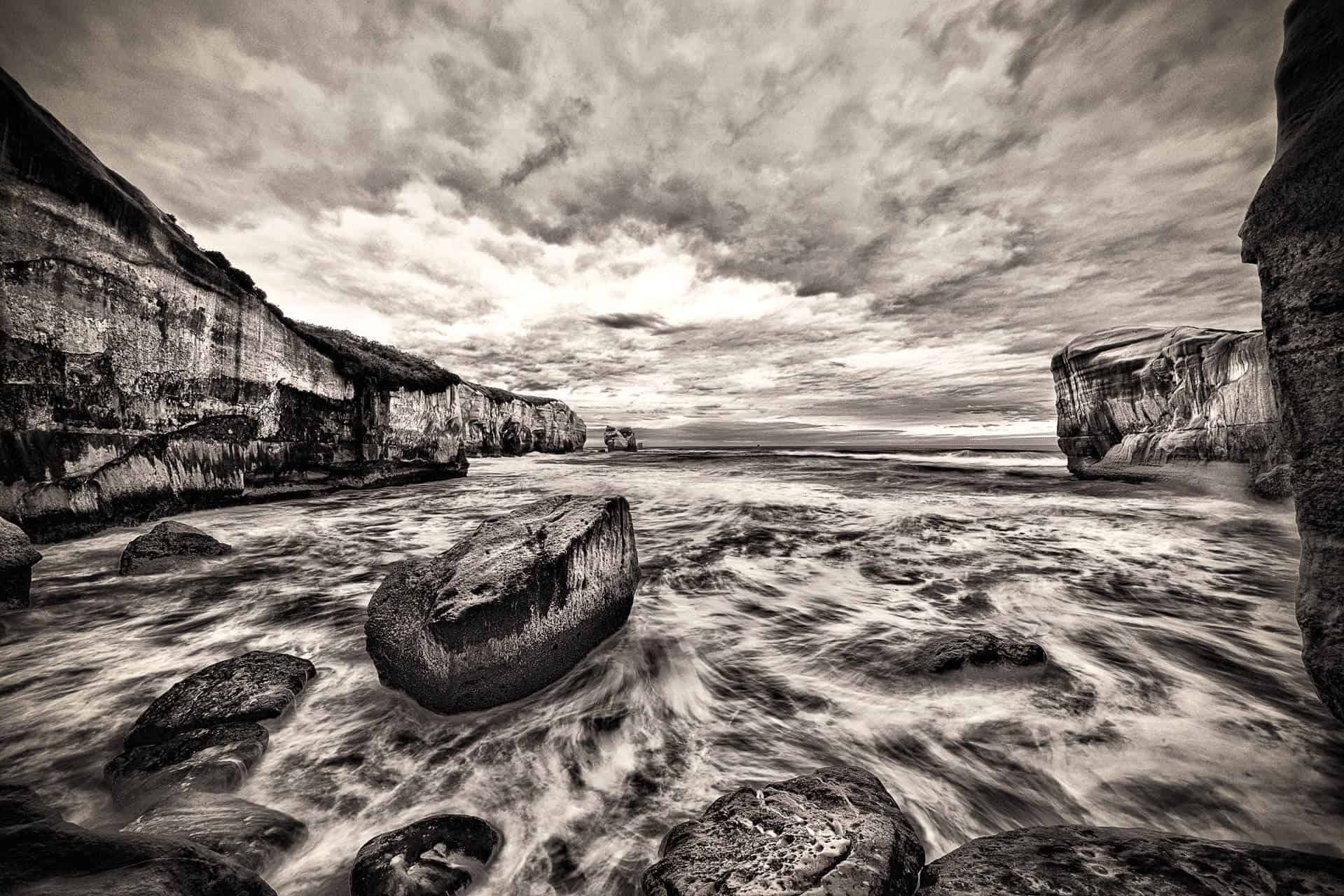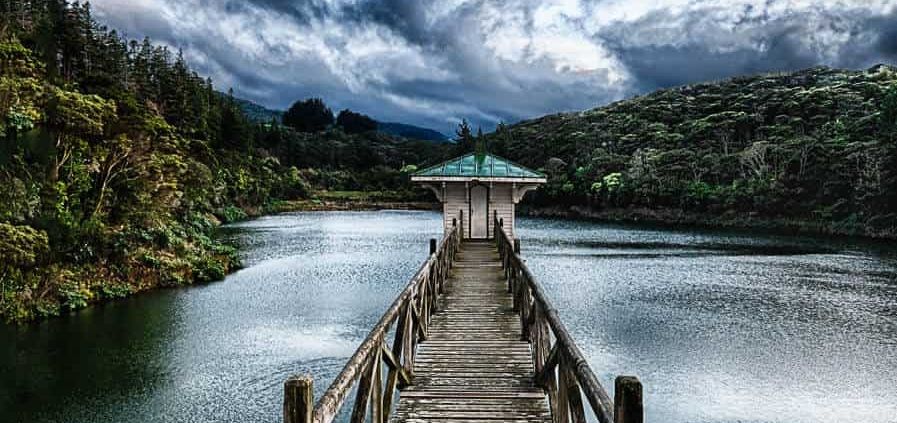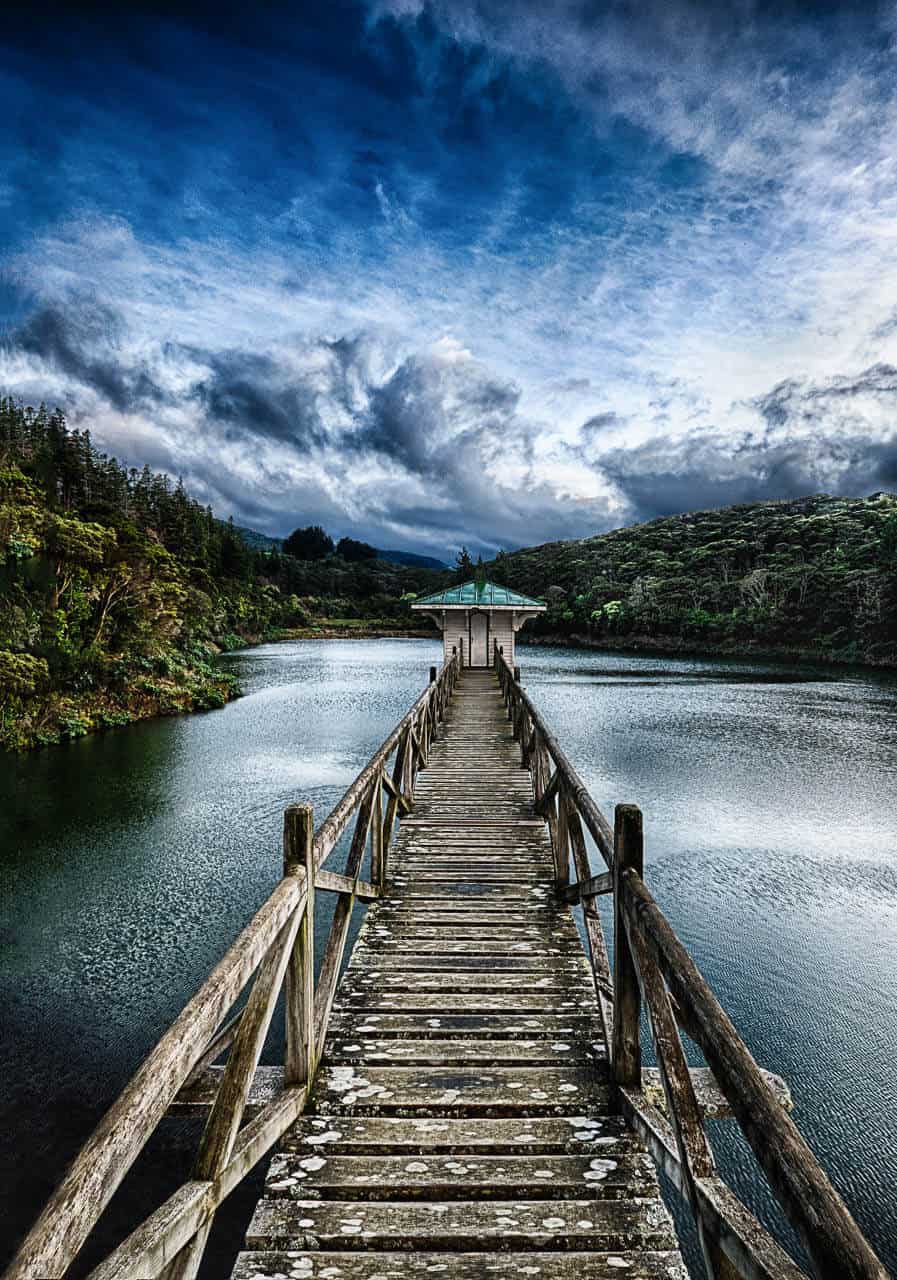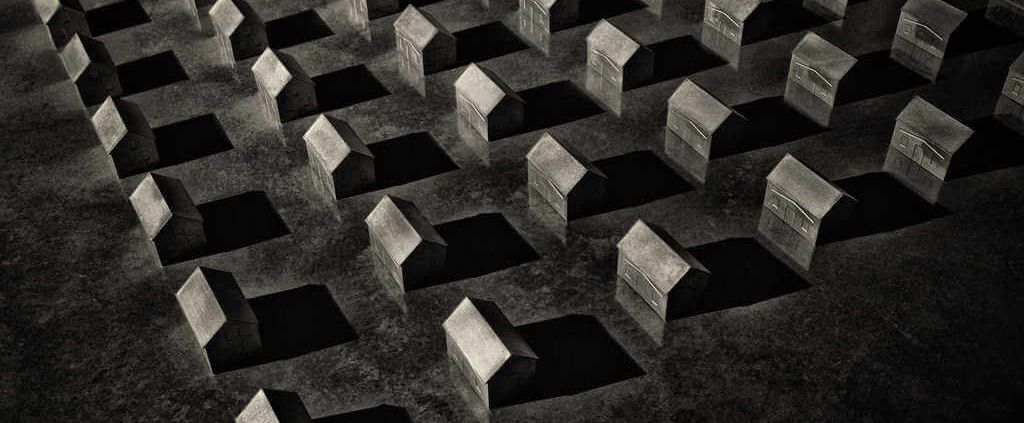No Vacany
Awesome to win a Gold Award for No Vacancy at the 2022 North Shore National Salon of Photography 🥇Heading to Auckland, I left Wellington really early at the end of the New Zealand Art Show back in June. It was dark and wet, with very little traffic when I passed through the sleepy town of Levin at about 06:57 AM. Thinking about my life, the eight hour, 650km journey ahead, and the $120 speeding ticket I got driving there, I noticed something red at the corner of my eye. I kept driving for another 30 seconds and then said to myself something to the effect “F**k it, I can’t just drive past this opportunity”.
I stopped the car, did a U turn, and returned to the scene. Searched for my tripod at the back of my cramped rental vehicle, and set up my camera on bracketing mode. I took five shots of every scene, each with a different exposure, from 4 to 0.4 seconds long. I was trying different angles to see which perspective is most effective. I then risked my life and set up my tripod on the median line to take some vertical snaps from a closer distance when two trucks came flying. capturing a total of 72 photos I was content that I have enough material to work on. Three minutes after leaving Levin heavy rain came pouring down from the sky. The final image is a composite of six photos, each taken with a different exposure to maximize balance, harmony and visual impact.
Here are some of the judges’ comments:
“OH MY GOODNESS! What a unique original image… They’ve done it in such an awesome way. The clarity is fantastic. The thing that is most clear about this image is that at 6:57 AM there was No Vacancy at that motel. It’s beautiful, it’s so graphic, it’s strong and it’s bold.”
“There is something very cinematic about it. It reminds me of a Kevin Tarantino movie. Something really sinister is going to happen in this place…”
“I love the sterility of it, I love the simplicity of it. Such a powerful and strong image. And then, to have that power pole, to come out, and be just in that perfect spot… this photographer is so incredibly lucky, or very talented… Great image, well seen, well captured, well presented.”
Waiake Beach
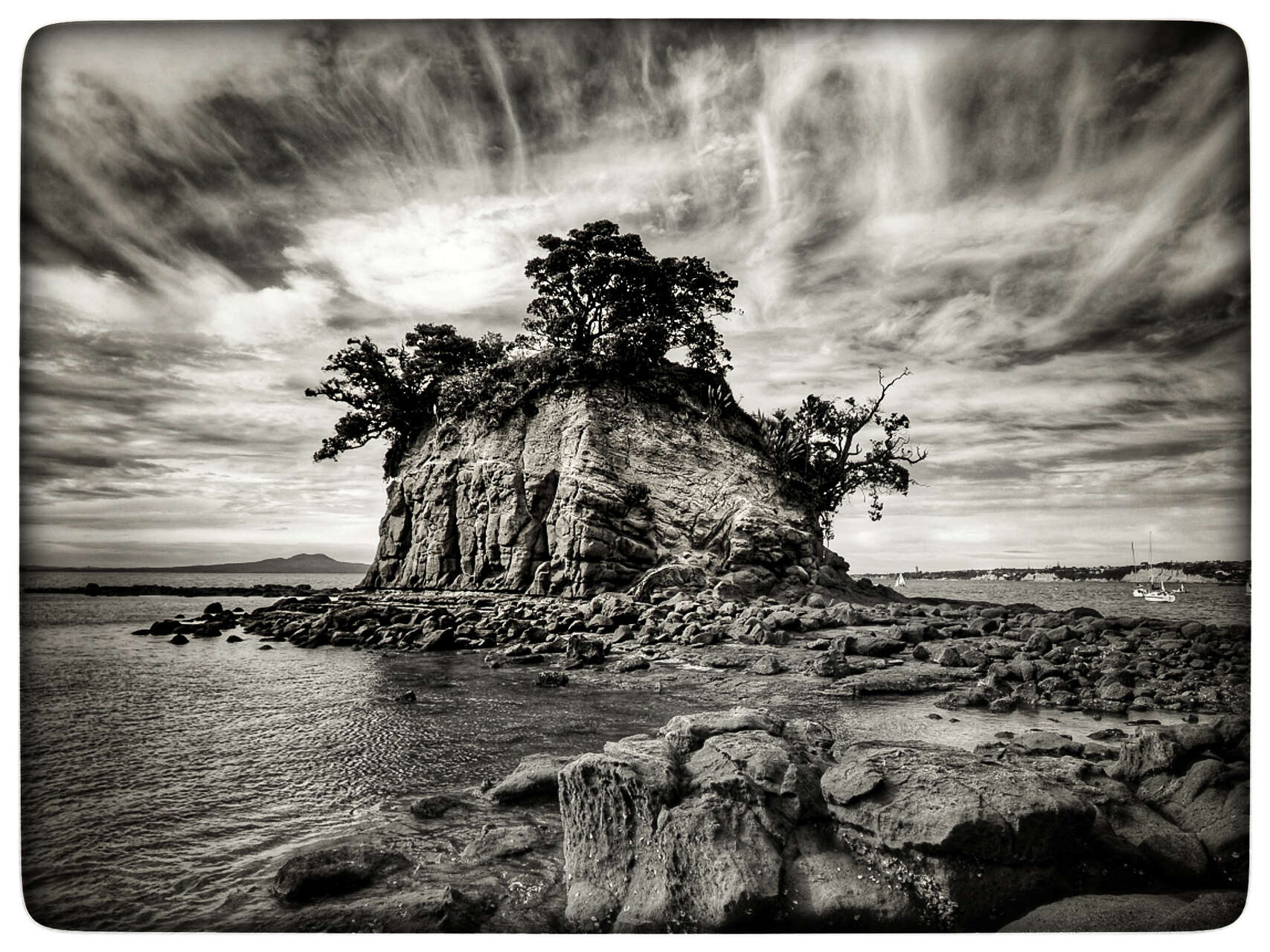
The Gargoyle
I was determined to photograph the gargoyles that guard the Notre Dame cathedral in the heart of Paris. My first attempt failed when the guard said no more visitors for the day. My second attempt failed because the guards went on strike! This photo was taken on my third attempt to see these stone-monster marvels! Some of the gargoyles laugh, one spits, others look bored, feed on prey or they grimace. Standing stoic and proud, these mythical birds and hybrid beasts are eerie witnesses to history. Catching a personal glimpse of these silent grotesque creatures was one of the highlights of my visit to Paris, and well worth the 387 steps climb to the top when the cathedral is restored and opens to the public again. This one is actually a Grotesque. Gargoyles are the ones that spout water from the roof. These awesome creatures were added during the reconstruction of the church in the 1840s. When the Nazis invaded the country during World War II, the gargoyles stood strong, withstanding a four-day German siege on the church. This print was awarded Bronze medal at the NZIPP Iris Awards!
The Janie Seddon Motueka Shipwreck
The Janie Seddon was built in 1901 in Glasgow, Scotland for the Government as a submarine mining vessel, and spent its early life in Wellington working for the Royal New Zealand Navy. She was used in port during both world wars and was the Examination Vessel during WWII. According to some reports, it is credited with firing the first shots of World War II, a warning shot across the bow when the liner “City of Delhi” would not stop on request on September 3, 1939. It was the last surviving military ship to have served in both world wars – rumour has it she even fired the first shot in WW2.
When her military days came to an end, Janie was purchased in 1947 by the local Talley’s fishing group as a fishing trawler, the first in their fleet. It was sold as a fishing vessel to the Motueka Trawling Company and worked in Motueka as a very useful coal-fired steam trawler. As a coal-powered ship, she proved unsuitable as a fishing vessel and her size prevented her from operating in the coastal waters of Tasman Bay.
When she was retired from fishing, in 1950, the Janie Seddon was laid up on the Motueka Wharf. It was anchored next to the sandspit for protection. Unfortunately, when the tide went out, she sat on her anchor and it holed her hull. She filled with water and stayed there until a scrap metal dealer decided to try a salvage. At low tide, the Janie Seddon was dragged by bulldozer across the estuary to the site where she sits now. The scrap metal dealer planned to cut her up into pieces for sale but he went broke trying to do that! The Janie Seddon is made of very strong corten steel and all dealer’s tools broke down! After sinking at her moorings a few years later she was stripped of anything of use and left to the elements. The rust made the holes along with the scrap metal dealer’s attempts to cut her up.
Muriwai
Muriwai gannet colony is about an hour drive from Auckland. A short walking track from the car park leads to two viewing platforms which are located above the colony nesting site. The colony continues on two steep islands out to sea. Around 1,500 pairs of gannets nest there during August to March every year. The hundreds of nests are just very slightly apart and the stink is sharp. It’s a feast to the eyes (or an air-traffic controller’s nightmare), but the birds have it under control somehow. The birds descending to land must glide over their neighbours squawking raised beaks, so getting it wrong can be extremely painful for all involved. These 2 ½ Kilogram heavy birds have a wingspan of almost two metres, and their mastery of the onshore updrafts is an understatement impressive to say the least. Each pair of gannets lays one egg and the parents take turns on keeping the nest safe. The chicks hatch completely naked and within a week they’re covered with a fluffy gray down. As they mature, they grow juvenile light feathers and begin to exercise moving their wings in preparation for a one-shot jump off the cliff and into the ocean. Once airborne, the young gannets leave the colony and cross the Tasman Sea all the way to Australia, across the ditch. A few years later, the surviving birds return to secure a nest site at the colony. The gannets return from Australia between July to October each year and connect again with their lifelong companions. The new chicks strive for food in December and their parents dive into the sea at up-to 150 kilometres per hour to feed their young birds. The colony becomes abandoned from late autumn to early winter: May to June. The views from the colony are totally breathtaking. Muriwai Beach extends a further sixty kilometres to the north with a line of black sand visibly between the thundering white surf and the cascading sandy hills. Far below, enthusiastic and bold surfers look like seals on the giant ocean swells.
True facts about the gannets – check out this triptych!
- The gannets predominantly feed on small fish such as baby squid, pilchards, yellow eyed mullet and anchovy.
- The gannets lay a single egg around September, October or November
- Incubation time is around forty four days
- Chicks will stay in the colony until February to March and leave when they are around four months old.
- After weeks of furious and extensive flapping their wings on land, the first flight of the juvenile birds takes them more than 2,000 kilometres away to their destination!
- Wingspan up to 180 cm (6 ft)
- Overall length 90 cm
- The birds then migrate to Australia and return after three to seven years
- Gannets feed by diving from high up into a school of fish near the surface of the water at speeds of almost 150 kph. Just before hitting the water, they hold their wings out straight and bend them so they’re pointed completely backwards so they don’t get injured when hitting the water at high speeds. They also take a large gulp of air, which fills the air sacs located in their neck and chest, providing cushioning just like an airbag in a car during impact.
- Gannets live to around thirty years old
Photography Sessions at UXBRIDGE Arts
Photography Sessions
Four photography sessions are offered by UXBRIDGE ARTS & CULTURE
Improve your photography – Photo Critique: Saturday 20 June 10:30AM – 11:30AM
This workshop will explore your own digital images. Please email 2 or 3 of your own images to programmes@uxbridge.org.nz (2-5 MB). As a group we will look anonymously at each photo and Ilan will critique them from different angles, looking at where improvement could be made.
Improve your photography – Technique: Saturday 20 June 12:00PM – 1:00PM
This workshop will focus on light, setting and poses to maximise your portrait photography. Ilan will show some of his portrait collection of New Zealanders who are humble, courageous and vulnerable. Ilan will use these to share techniques on how to emphasize and observe shape and form to create edgy images that tell a story to the viewer.
Faces of Cairo: Wednesday 24 June, 6:30PM – 7:15PM
In this session you will view and enjoy time to question some images from documentary series ‘Faces of Cairo’ – a tour of the land and it’s people; the streets, the markets the African desert and the path of history. Learn the art of telling a story with a clear narrative style using the lens.
Scapes: Wednesday 24 June, 7:30PM – 8:15PM
Scapes is a series of wide-format prints, exploring the timeless nature of unique locations using sepia tone, which emulates analogue lithographic techniques. This distinct and compelling monochromatic style creates strong images which inspire the imagination and provoke conscious consideration. Discussions on the ‘how’ and ‘why’ are encouraged in this session.
Click here to book your free session
The Jetty
We spent the night at the bottom of Ross Creek Reservoir. This is one of the oldest artificial lakes in the country, and the oldest water supply reservoir still in use in the country. It was created in the 1860s to provide water for the city of Dunedin, at that time in the middle of its rapid expansion due to the Otago goldrush. I love the leading lines and the shades of green against the dramatic clouds at sunrise.


